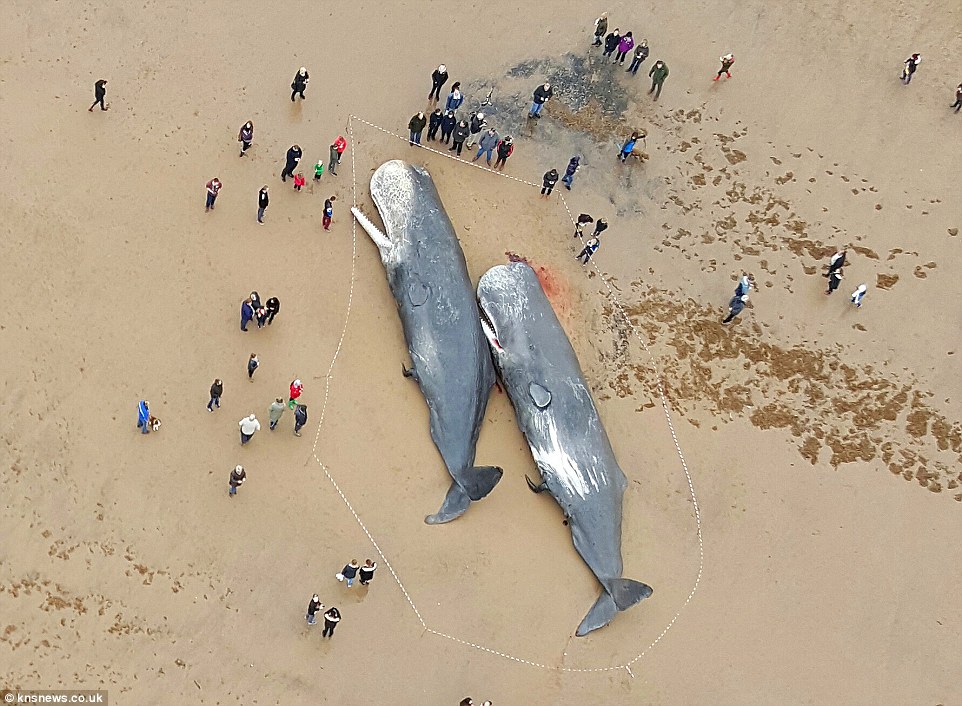There is nothing like a cluster of large whales washing up dead on the shores of New York, New Jersey, and Virginia to get the press and television up in arms.
USA Today headlines trumpeted: “Whale deaths along East Coast prompt 12 NJ mayors’ call for offshore wind farm moratorium.” Fox News’ Tucker Carlson and Jesse Watters both ran multiple segments spotlighting the large number of whales washing up on East Coast beaches.
Public outcry calling for action to halt wind farm pre-construction activity has been extensive. Three US Congressmen – Chris Smith (R-NJ), Jeff Van Drew (R-NJ), and Andy Harris (R-MD) – have issued press releases calling on the Biden Administration to suspend all off shore wind projects over growing public concern about their possible impacts on whales.
Is there a connection between offshore wind construction and whale deaths? No one knows for sure, but there are signs of a smoking gun — enough to make this matter worth investigating.
For starters, there are questions as to just how much the government knows and might be responsible for whale deaths. It could be mere coincidence, but just one year prior to the recent whale deaths, the National Oceanic and Atmospheric Administration (NOAA) issued a dozen Incidental Harassment Authority (IHA) permits to developers of wind projects stretching from Massachusetts to New Jersey.
IHAs allow developers to “harass” marine mammals while engaging in sonar mapping of the ocean floor prior to construction. This activity requires large sonic pulses to be emitted from mapping equipment – sound pulses which NOAA admits interfere with whale communication and spatial orientation.
NOAA was quick to deny any connection between wind development and whale deaths, immediately issuing its own press release stating that “there are no specific links between recent large whale mortalities and currently ongoing surveys for offshore wind developers.”
But how can NOAA be so sure?
The Biden Administration has made no bones that it is “all in” when it comes to offshore wind energy. In fact, one of the first Executive Orders President Biden signed on the day he took office was EO 14008, which mandated a government-wide mission to support solar and wind energy development to tackle “climate change.”
The agency responsible for implementing offshore wind is the Bureau of Ocean Energy Management (BOEM). It’s bureaucrats have dutifully given the green light to offshore wind companies in order to encourage them to develop offshore wind power.
Everything seemed to be going smoothly for offshore wind until two things happened. First came the hard economic realities. Inflation and stubborn supply chain issues reared their ugly heads. Power purchase agreements that once appeared so rewarding to the developers suddenly fell underwater. Two large developers, Orsted and Avingrid, announced that they were reneging on their development contracts to construct offshore wind projects in Massachusetts.
And then things got even worse: Enter the whales.
In order to obtain offshore development permits, promoters had to first obtain federal approval by filing for a Construction and Operations Permit – a COP. A COP, with appendices, is over 1,000 pages long, and covers every aspect of the anticipated operation of the wind farm, including treatment of critically endangered whales. If the government was doing its job thoroughly, this matter of the whales could put the brakes on offshore wind development lickety-split.
But the climateers pushing Big Wind projects aren’t about to let this happen. Indeed, they’re doing their best to hush up any public suspicions that offshore wind turbines might be impacting whales. A case in point is with Dominion Energy’s offshore wind project in Virginia.
There, despite the legal requirement that the entire COP be made available for public comment, an important section dealing with the Right Whale has been redacted, hidden from public view, by those running the process.
Is this just an innocent oversight by regulators? Unlikely.
The Committee for a Constructive Tomorrow (CFACT) wrote Dominion to request access to the redacted information. Dominion declined and dodged the question by directing CFACT to ask BOEM for the information.
It appears Dominion and BOEM are giving this matter the ole runaround, hoping the problem will go away. But they’re taking a big gamble. If the information is not released, opponents of the wind project will likely use such stonewalling to launch litigation that could slow their project down even further and drive up costs.
Wind and solar enegy depend on massive subsidies and continued political support in order to survive.
Unfortunately for the utilities, both of these may evaporate quickly if the public is forced to make a choice between saving wind power, or saving whales.
This article originally appeared at Real Clear Energy
